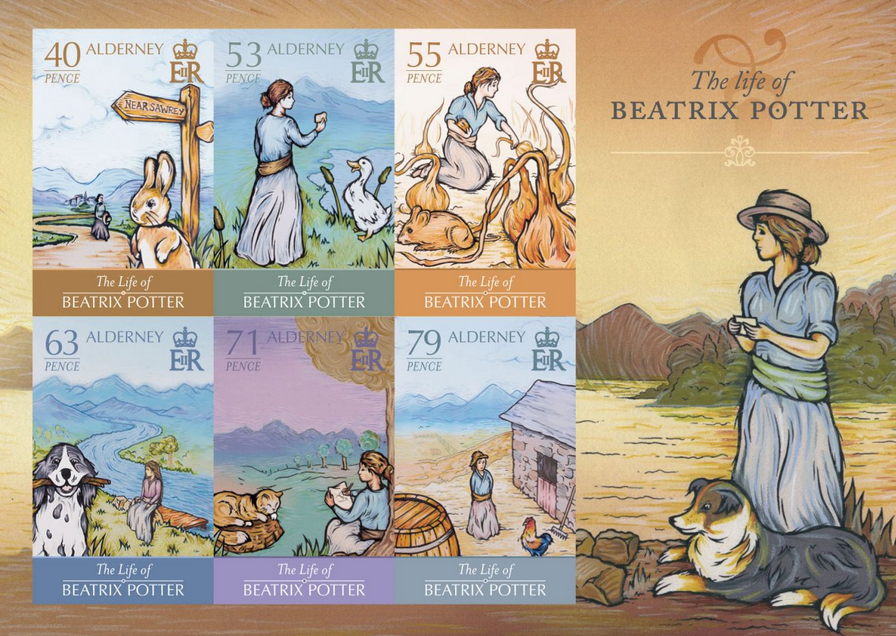The effects on biodiversity are appalling. The State of Nature report published in 2013 by leading conservation NGOs found that populations of 60% of all UK species have declined in recent decades. Since 1995 the turtle dove has declined by 96%; the willow tit by 82%; and the starling by 53%. The wood warbler, yellow wagtail, grey partridge, lapwing, snipe and corn bunting have all decreased noticeably. Bees continue to suffer colony collapse, their numbers plummeting because of the varroa mite and the use of neonicotinoid pesticides, a ban on which was bafflingly lifted by the government last year. Butterflies and wildflowers are in seemingly inexorable decline.
Any agrarian knows that a rural community includes not just humans but all plant and animal life, and we’re bereft because of the disappearance of so many old companions. The call of the cuckoo, once so commonplace, is now a cause of excitement. Every statistic you can find will point to the troubles afflicting our rural heritage: according to Graham Harvey’s The Killing of the Countryside, 150,000 miles of hedges have been lost in the UK since the introduction of subsidies, and 10,000 miles still disappear every year. In 2008 alone, 400 village shops closed, and between 1997 and 2008 rural schools shut down at a rate of one a month. In 2012 rural pubs closed at a rate of six per week. Bus services continue to be eradicated, libraries closed. Ash trees are dying out because of Chalara dieback. Rural crime is on the increase, with statistics from UK police forces suggesting that, between October 2013 and March 2014, livestock theft increased by 129%. We had 10 piglets stolen a few years ago, and it is surprising how extraordinarily hurtful it is, certainly far worse than 10 favourite bikes being taken.
Source: Tobias Jones in the Guardian, 10 April 2016
http://www.theguardian.com/uk-news/2016/apr/10/countryside-has-never-ha…

- Login om te reageren
